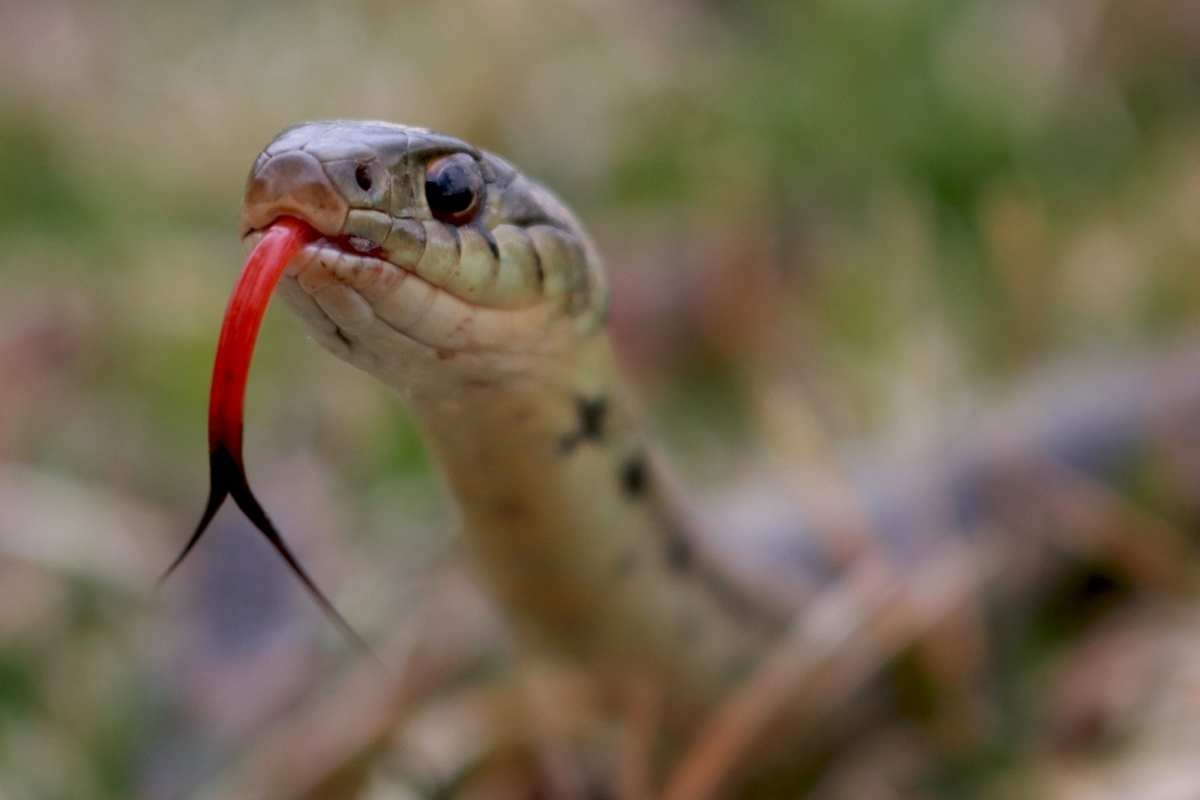Where do Snakes go in the Winter?
Hibernacula are the places where snakes go to sleep during the colder months so they can survive. Because snakes cannot survive in temperatures below the freezing point, this area primarily has to be one that is below the frost line. It's possible for many snakes of various species to coexist in the same hibernaculum at the same time.
The vast majority of snakes will go for a previously established hibernaculum, although certain species, such as the hognose snake, are capable of excavating their own. These hibernacula may remain in existence for years or even decades, and snakes may return to the same location year after year.
Brumation
Brumation is a kind of dormancy that, like hibernation, involves extended periods of sleeping for the animal. However, if there is an unexpected spike in temperature that persists for many days at a period, they will become active again and begin searching for sources of food and water. They will re-enter their brumation condition whenever the temperature drops to a point where it is suitable for them to do so. The beginning of brumation may occur at any time between September and December, and it will continue until March or April.
Brumation is a process that takes place when snakes are hidden away in their burrows. While only warm-blooded creatures are able to hibernate, cold-blooded animals may enter a state known as brumation, which causes their body temperatures to drop and their metabolisms to slow down. Even if they are quite sleepy, they continue to be awake throughout the brumation.
If there is a warm day in the middle of a cold period, it is possible for snakes to emerge from their burrows in order to warm themselves and get a sip of water. After emerging from their winter hibernation for the first time in the spring, snakes will immediately seek out a warm, bright location in order to get their internal temperature back up to normal.
Snakes are Cold Blooded
Since snakes are cold blooded, they are unable to control the temperature of their bodies in the same way that warm-blooded creatures can. Snakes are forced to seek refuge from the cold weather by either digging into holes or caves, hiding beneath logs or rocks, under tree stumps, or finding their way into basements, crawlspaces, garages, barns, sheds, wood piles, and even automobile engines. Because snakes are so reticent and are so skilled at concealing themselves, their existence is often overlooked until it is disrupted.
When do Snakes Emerge From Their Wintertime Dormancy?
We are all interested in learning not just where snakes go over the winter, but also when we may expect to see them back on our hiking paths. When, in essence, does snake season begin and end? However, after a snake's body has warmed up, it is able to move about and be active. The chemical processes that occur inside a snake's body are essential to its survival.
The most intense phase of these reactions occurs between 70 and 90 degrees. On the hiking trails, this is the time of day when snakes are most active. If there has been a prolonged period of cold weather before the warm, bright day, you should be on the lookout for snakes when hiking so that you don't get bitten.
Do Snakes Ever Appear in the Snow Where You Live?
Snakes do not move around or hunt during the winter, therefore there is no risk of being bitten by one. During the winter, a snake may stir sometimes, maybe to look for water so that it can rehydrate itself. After that, they will make their way back to their hibernaculum in order to re-acclimate themselves.
Download the SnakeSnap App on Google Play or the Apple iTunes Store and get a free trial.
